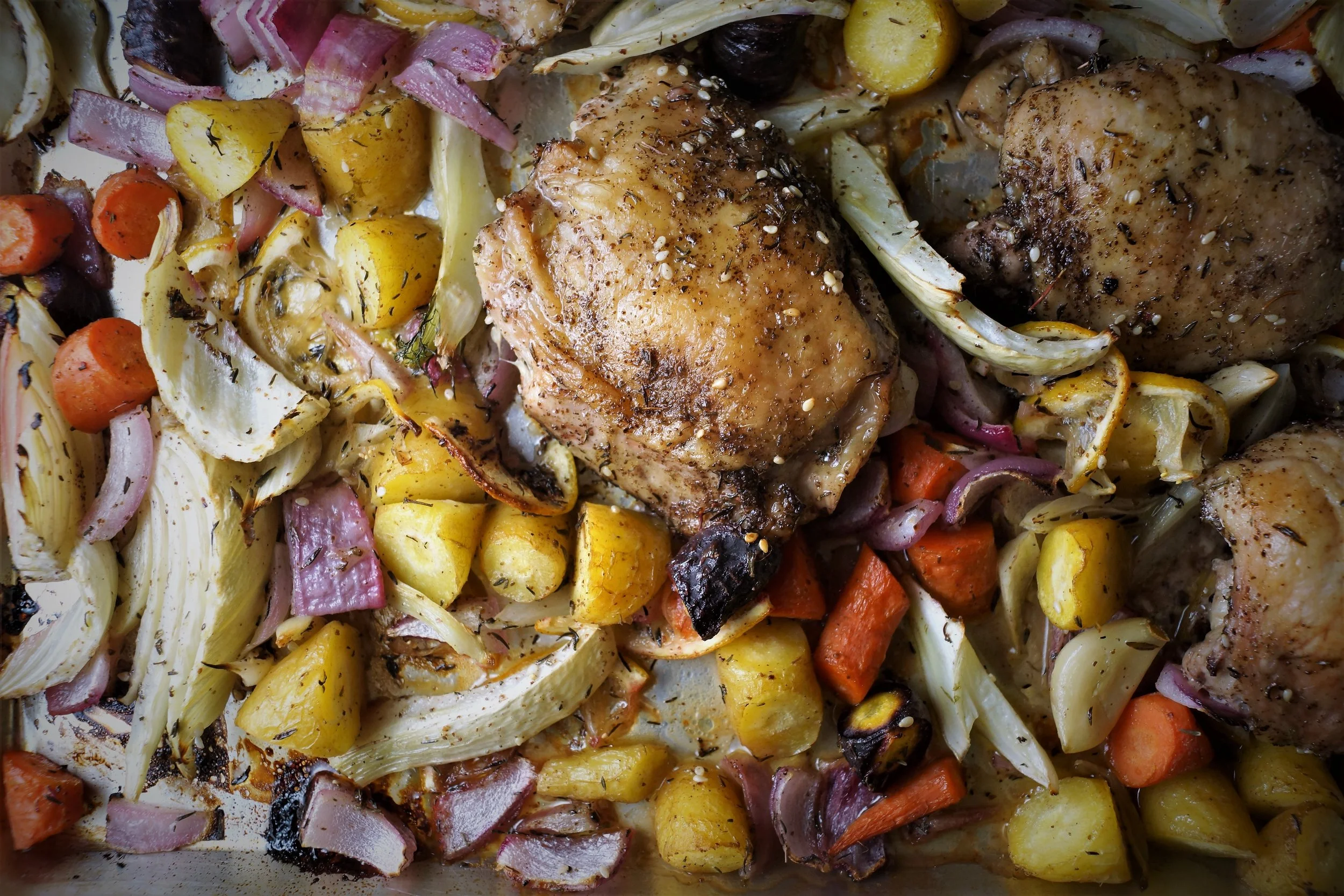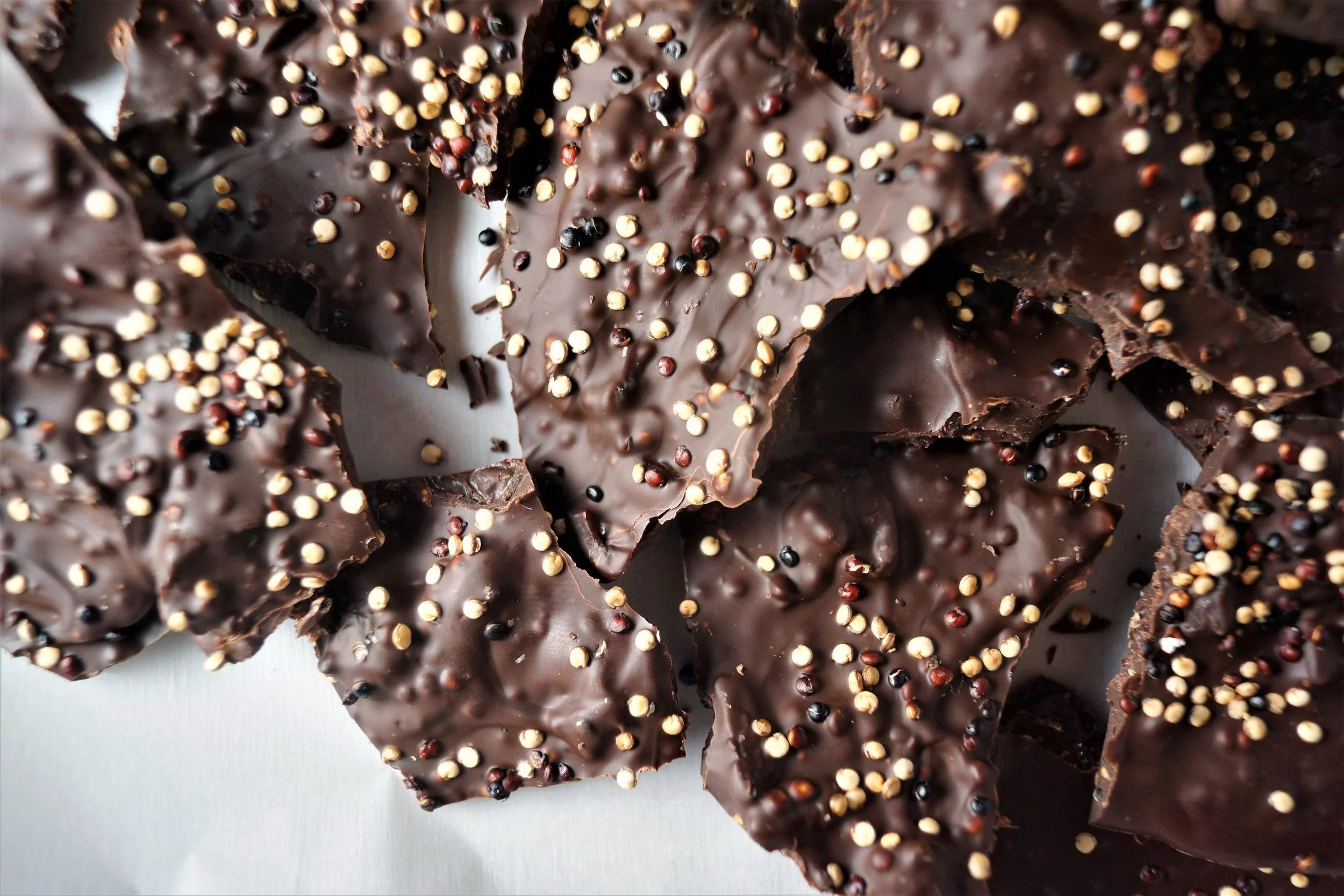1.13.17 Honey Wheat Bread
I’ve found that a great many people have this notion that making you own bread is hard. I’ll admit, I used to be one of these people. The idea of taking flour, water, and yeast and turning it into a fresh, fluffy loaf of bread always seemed a bit daunting. Then, when I decided to just dig in and give breadmaking a try, I found that, for the most part, making bread is not hard; it just takes time. Time that is largely spent doing nothing more than waiting for dough to rise.
Since then, my forays into breadmaking have been more frequent. I’m not saying I make all of the bread we eat, or even the majority of it. We eat a whole lot of bread in our house; far more than I could possibly hope to make myself. But baking the occasional loaf is something that I’ve found to be incredibly satisfying. I like to think of it as a fun project; a project that will make your home smell lovely (if there’s a smell better than baking bread, I’ve yet to come across it), and result in something delicious to boot. Plus, if you forgo the dough hook in favor of some good old fashioned hand kneading (whether by choice or necessity), you’ll end up getting a bit of an arm workout out of the whole deal as well.
Like me, my father-in-law, Hal, has also been know to enjoy making his own bread. Often, when we visit Forrest’s parents, Hal’s got a couple of freshly-made loaves of his honey wheat bread cooling on the counter, and barring that, there’s usually a loaf or two in the freezer, ready to be thawed and eaten with jam for breakfast. It’s some good stuff. Inspired by these delicious loaves, I set about making my own version. The resulting bread, if I do say so, is pretty damn good. It’s not quite Hal’s original, but rather than wait for the next time we visit, I can make it for myself whenever I want, which I’m all about.
This bread will work wonderfully in any of your typical bread applications, but where it really shines is in the toast department. I’d be hard pressed to find a better bread for slicing, toasting, and topping with butter or jam (make that butter and jam). The honey and orange in the bread lends it especially well to slathering with marmalade, but really any type of jam is wonderful. Forrest will tell you that peanut butter is also an excellent topping, but as I rarely think peanut butter is a good topping for anything, you’ll have to take his word for it.
Honey Wheat Bread
makes 2 loaves
- 2 ½ cups warm water
- 1 cup orange juice
- ⅓ cup honey (dark buckwheat honey is fantastic here if you can find it)
- 1 Tbsp active dry yeast
- 5 cups whole wheat flour
- 2 ¼ cups white flour
- 2 tsp salt
1. In a bowl or large measuring cup, combine the warm water, orange juice, honey, and yeast. Stir to mix well, then let sit for 10 minutes for the yeast to activate.
2. In the bowl of a stand mixer (or large mixing bowl), combine the whole wheat flour, white flour, and salt. With the paddle mixer attachment (or a large wooden spoon, if not using a stand mixer), mix the flours until just combined. Give the yeast mixture a good stir and add it to the flour mixture, continuing to stir until everything is well incorporated.
3. Switch to the dough hook (or dump dough out onto a well floured countertop and start kneading). Knead dough until it feels elastic and passes the windowpane test*, about 8-10 minutes. Place dough in an oiled bowl, cover with a cloth or plastic wrap, and let rise in a warm place until roughly double in size, about 1-1.5 hours.
4. Grease two standard loaf pans. Dust your countertop with flour and place risen dough on top of it. Using a knife or bench scraper, cut the dough into two equal pieces, shape them into loaves, and place them into your prepared pans. Cover again and let rise in a warm place for another 1.5 hours.
5. Preheat oven to 350 degrees. Uncover bread loaves, transfer to oven, and bake until tops of loaves are golden brown and loaves sound hollow when tapped, about 40-50 minutes. Once they are finished baking, remove loaves from their pans and cool on a wire rack before slicing and eating.
*Windowpane test: Take a small piece of dough form it into a rough square shape. Grab the corners and gently stretch it between between your fingers - if the dough stretches thin enough that you can see light through it (like a windowpane!) before it breaks, your dough has built up a sufficient gluten network and you’re ready to let it rise. If the dough breaks before that point, keep kneading until it does. More info on the windowpane test here.








